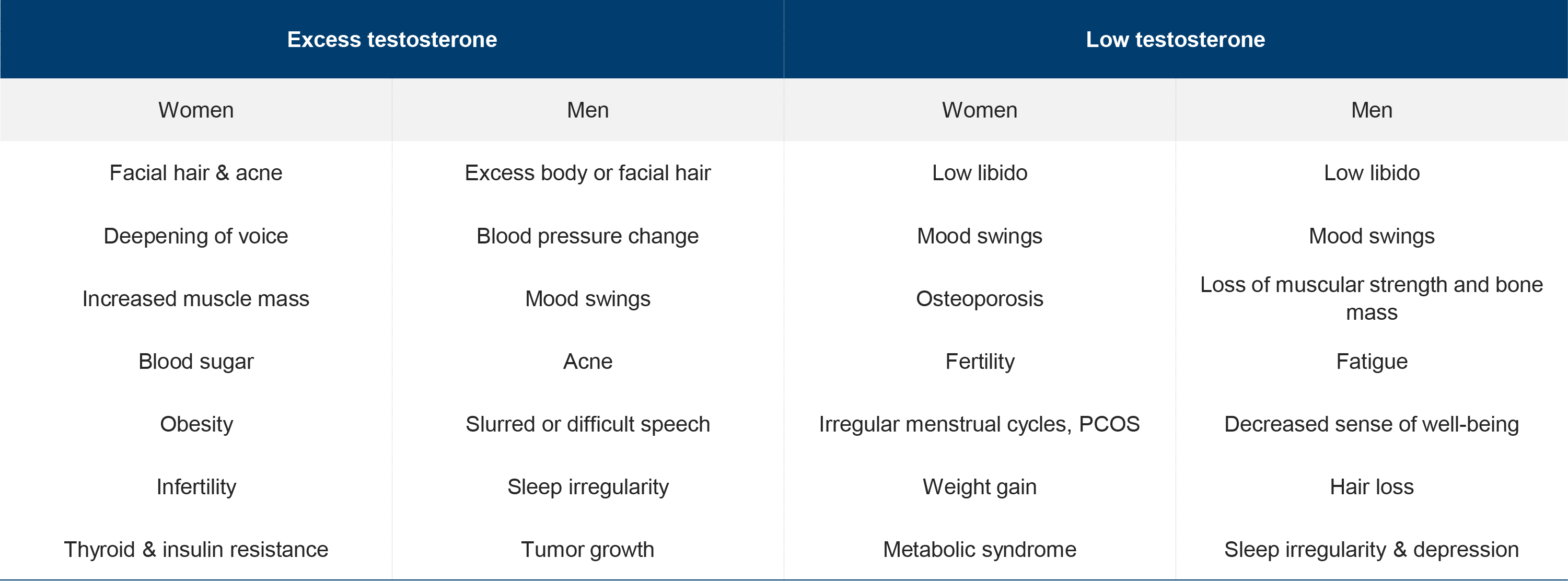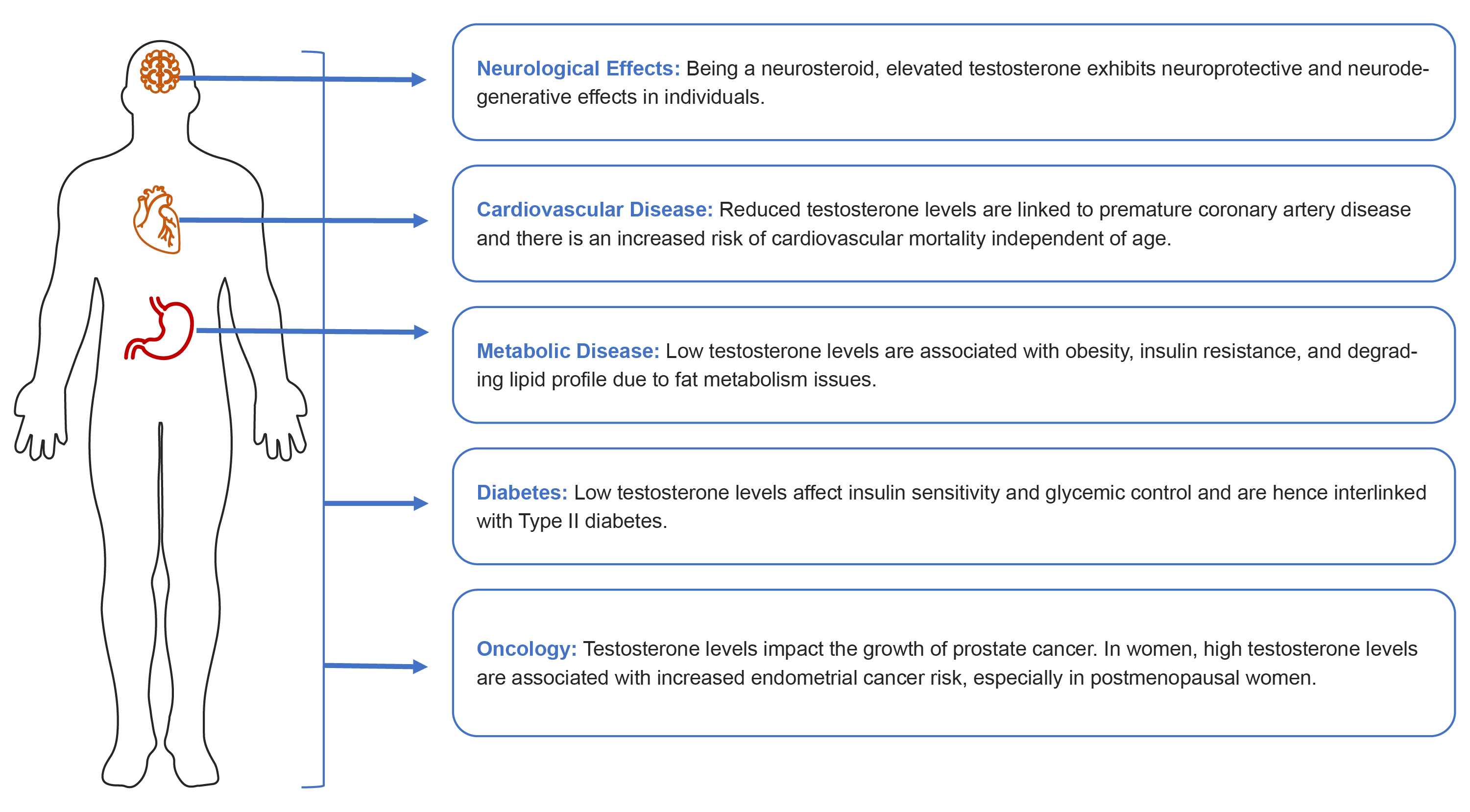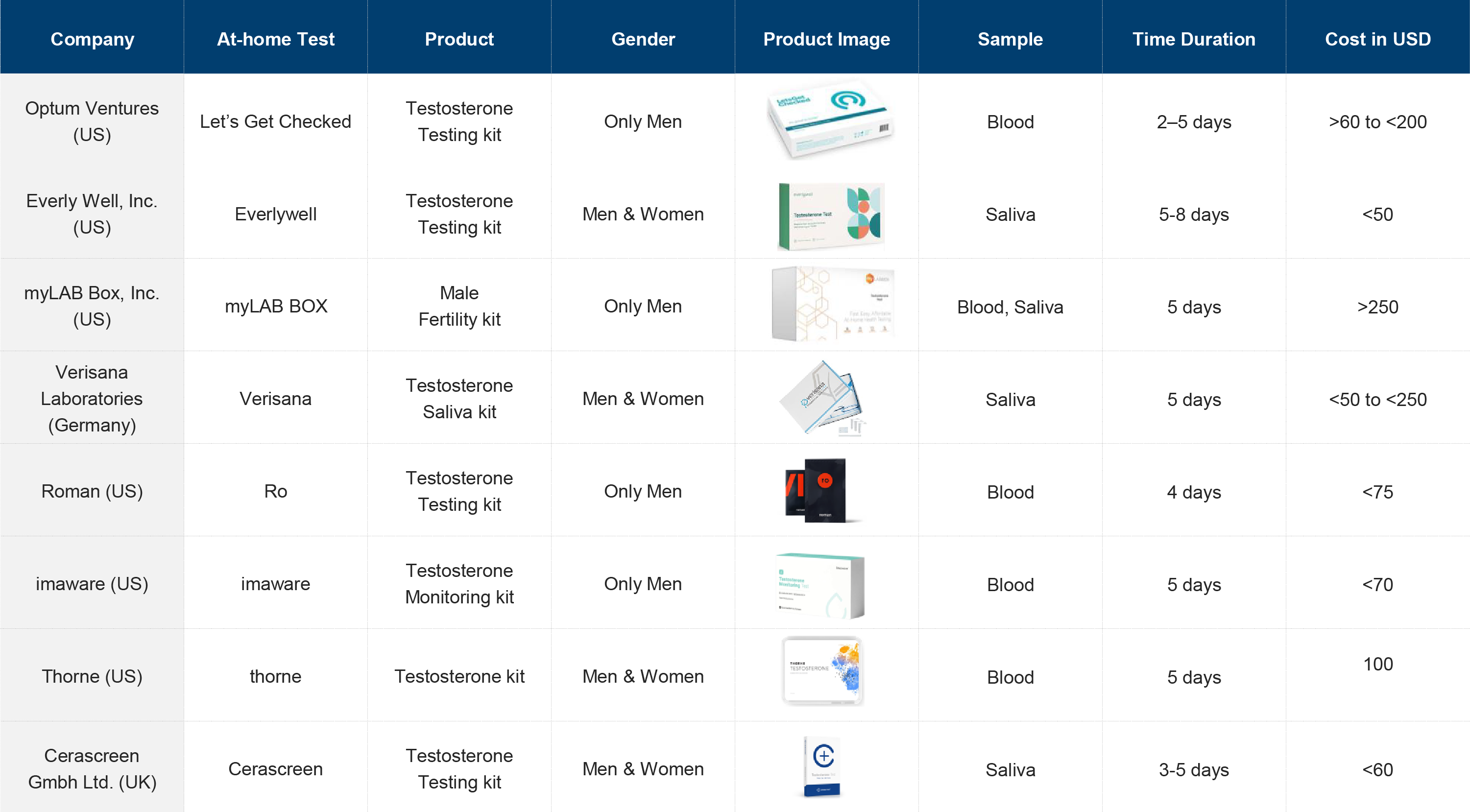Screening Testosterone: Tracking its Imbalance in Men and Women
Published on 04 Jul, 2022

Testosterone is a primary hormone commonly associated with men as their hormone levels are 20 times higher than females. As it regulates many vital bodily functions, its imbalance adversely affects health and day-to-day activities. With the rising infertility and psychological issues related to this hormonal imbalance, it is important to track testosterone levels using smart, easy, and quick new-age detection technologies.
In men, testosterone helps regulate muscle mass, fertility, red blood cell production and fat distribution. In women, it is secreted in the ovaries in small quantities and aids the growth, upkeep, and repair of their reproductive tissues and bone mass. It can also affect the behavioral and psychological mood patterns of individuals.
Men’s testosterone levels change with age, while it is rapidly converted into estrogen (by an enzyme called aromatase) in women. However, when an excessive amount of testosterone or other androgens is produced, the body is unable to continue the conversion at a fast pace. In women, excess androgen hormones can cause hirsutism, polycystic ovary syndrome, and congenital adrenal hyperplasia (CAH).
As in any other hormone, very high or very low levels of testosterone can affect an individual’s health and general well-being. The following table depicts the symptoms related to testosterone imbalance in men and women and maps their association with chronic disorders.

Mapping Testosterone and Chronic Disorders

Sensor technologies to screen testosterone level
Monitoring serum testosterone (T) levels is of utmost importance to track hypogonadism in men and excess androgen in women. Although steroid hormone assessment has advanced, there is considerable variation in determining the threshold of detection for both the genders. The major interfering factors while sensing include circadian rhythms, intra-individual variability, and transient stressors in men and the menstrual phase in women.
Standard testosterone detection technologies include mass spectrometry (HPLC, GCMS, & LCMS), the gold-standard method for measurement. However, it is not widely adopted due to its cost and complexity. Moreover, most available immunoassays (ELISA & RIA) lack the required accuracy for both the genders. Thus, there is a significant need for new-age, non-invasive detection methods to measure testosterone levels at home or in a lab-based setting. In addition, non-invasive at-home test kits can be used for testing testosterone levels at home. In such cases, the collected samples can be sent to the lab for testing via post and results can be obtained in a week. Some of the commercial and minimally invasive at-home testosterone detection kits are tabulated below.

Testosterone levels can majorly impact health regardless of gender, as the associated symptom may be an indication of an underlying condition that needs to be treated. Therefore, it is advisable to track its values in blood or saliva using accurate technologies and seek professional advice at the right time. As screening testosterone is vital to having a balanced well-being, minimally invasive testing platforms could provide real-time data for early prognosis and management of associated chronic disorders.

